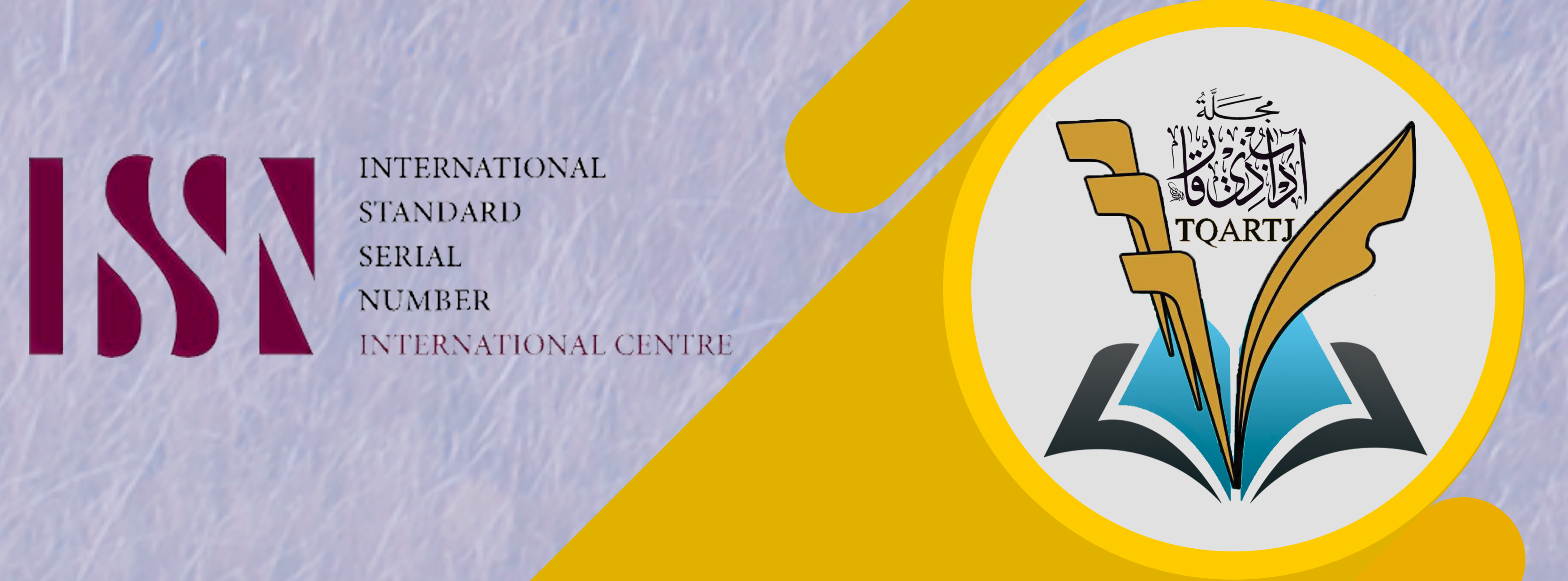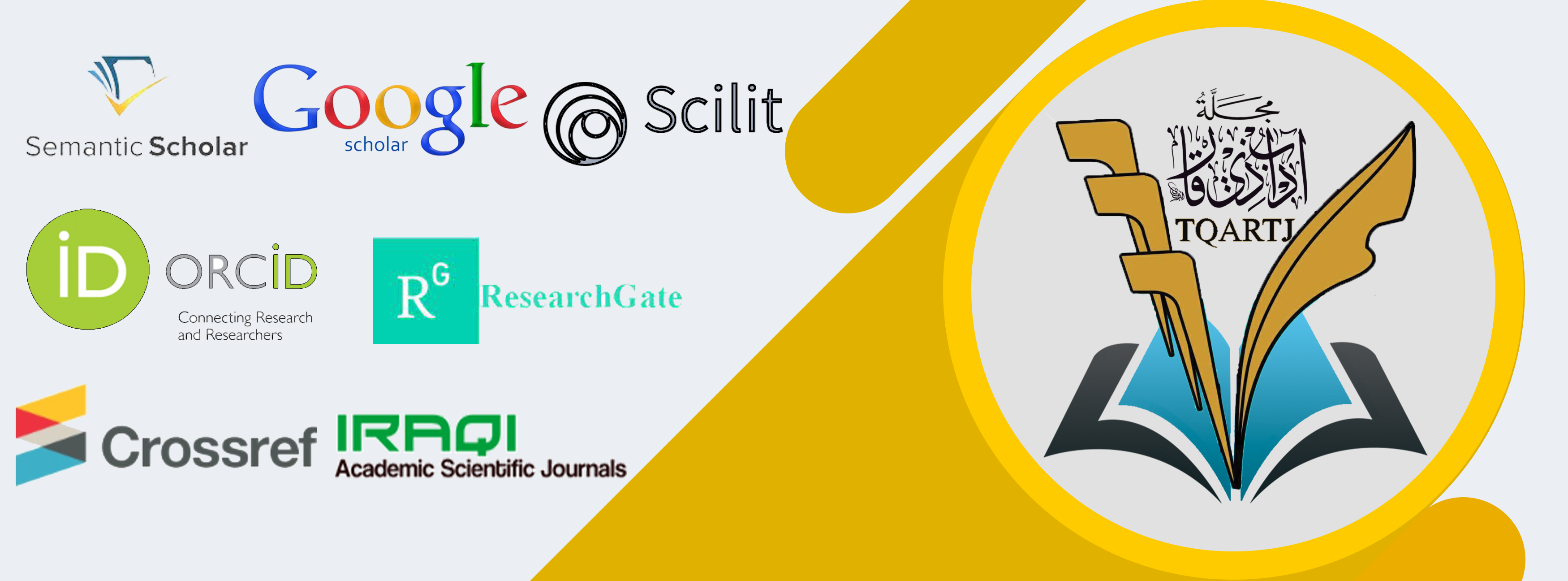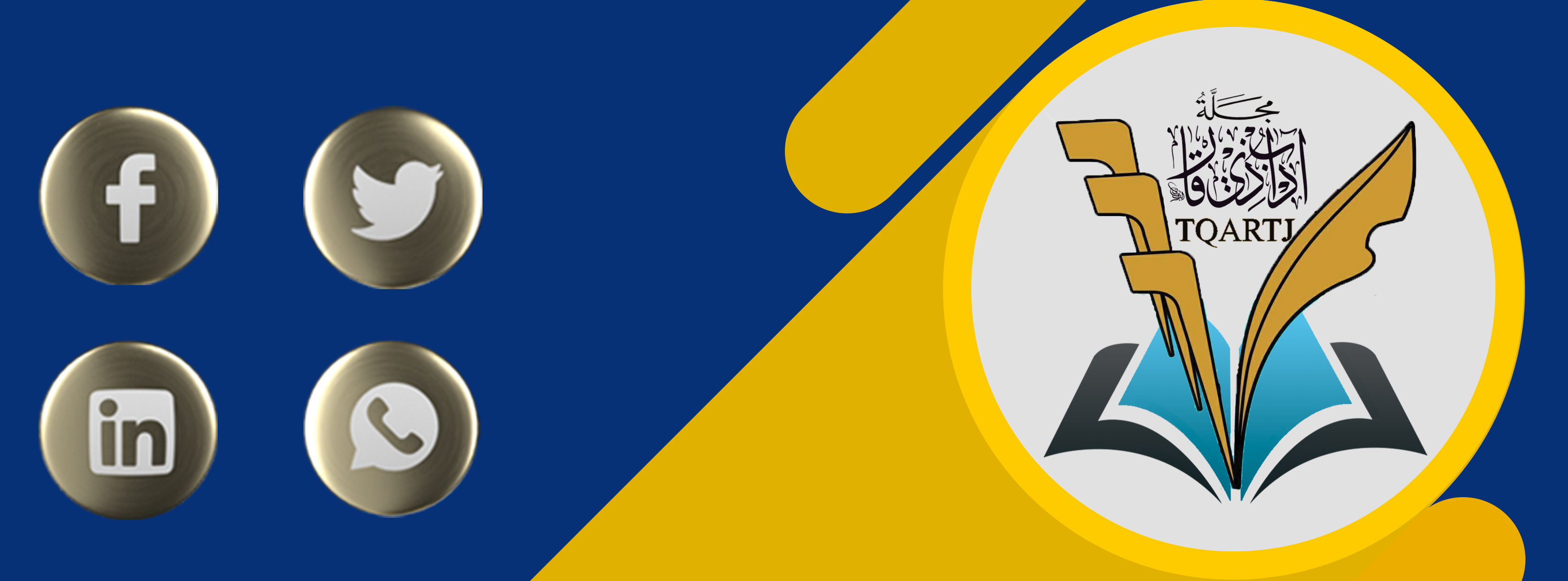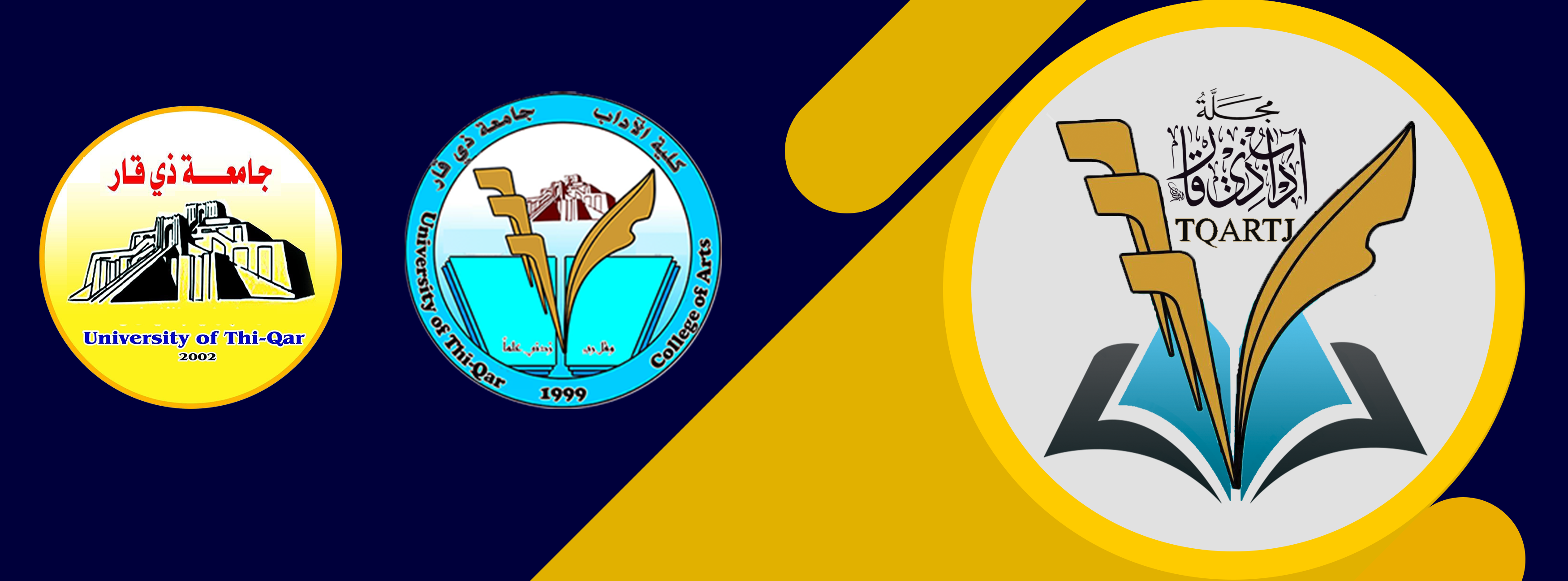Dialectics and International Hegemonism in the Discourse of Trump on COVID-19
DOI:
https://doi.org/10.32792/tqartj.v2i37.305الكلمات المفتاحية:
Political Discourse, National Identity, Critical Discourse Analysis, COVID-19, Intra-national Struggleالملخص
تعد الدراسة الحالية محاولة لسد الفجوة بين الخطاب السياسي والتحليل النقدي للخطاب وكوفييد 19 الذي يمكن اعتباره من أكثر الاحداث الاجتماعية المثيرة للجدل في تأريخ العالم المعاصر. هدفت الدراسة الى التعرف على العلاقات بين اللغة والهوية، وكذلك التعرف على ديالكتيك الهيمنة العالمية المتضمنة في خطاب الرئيس الامريكي ترامب الذي ألقاه أمام الجمعية العامة للأمم المتحدة في 22 \09 \ 2020. لتحقيق أهداف الدراسة تم اعتماد طريقة فيركلف (2001) والتي تعرف (بالطرق الديالكتيكية للممارسات الاجتماعية) واعتمدت الدراسة كذلك القواعد المنهجية الوظيفية لهاليدي (1985) . توصلت الدراسة الى الاستنتاجات التي يمكن تلخيصها على النحو الاتي:
- من خلال التعريفات الفكرية الشخصية تم الكشف عن الهوية الوطنية الأمريكية باعتبارها الموضوع الأبرز في الخطاب بأكملهِ.
- ساعدت الوظائف الوصفية الشخصية لاستخدام الزمن المضارع الذي هو أكثر تكراراً(11مرة) من الزمن الماضي (7مرات) في الكشف عن أيديولوجية الأمركة كعمل وسلوك اجتماعي.
- كذلك تم الكشف عن أيدولوجية الأمركة من خلال التعريفات الشخصية للضمائر والتي من خلالها ظهرت الضمائر الشاملة أكثر تكراراً (11) من الضمائر الحصرية (مرة واحدة).
- تم التعرف على الممارسة الاجتماعية الديالكتيكية لمفهوم الأخر من خلال الفوقية الفكرية لشخصية الرئيس الأمريكي ترامب عندما حدد الصين ومنظمة الصحة العالمية على أنهما الأخر الأساسي.
- تم الكشف عن الهيمنة الأمريكية كممارسة اجتماعية جدلية من خلال الاستنتاج الشخصي لفعل الإيجاب (must).
التنزيلات
المراجع
Articles”. In Humanities and Social Sciences Reviews, vol. 7, pp. 24-31.
Chouliaraki, L. & Fairclough, N. (1999). Discourse in late modernity. Edinburgh: Edinburgh university press.
Coffin, C. (2006). “English Grammar in Context, Book 3: getting practical”. In The Open University, pp. 68-86.
Creswell, J. & Poth, C. (2017). Research inquiry: Research design. London: Sage Publishing
Cuomo, A. (2020). American crisis: Leadership lessons from the COVID 19 pandemic. New York: Crown, Inc.
Fairclough, N. (1989). Language and power. London: Longman.
Fairclough, N. (1992). Discourse and social change. Cambridge: Cambridge University Press.
Fairclough, N. (1995). Critical discourse analysis. Boston: Addison Wesley.
Fairclough, N. &Wodak, R. (1997). “Critical discourse analysis”. In Discourse as Social Interaction: Discourse Studies, pp. 258-284.
Fairclough, N. (2001). “The dialectics of discourse”. In Textus, vol. XIV, No. 2, pp. 231-242.
Gramcsi, A. (1971). Selection from the prison notebook. London: Lawrence and Wishart.
Halliday, M. A. K. (1978). Language as a social semiotic: The social interpretation of language and meaning. London: Edward Arnold Press.
Halliday, M. A. K. (1985). “Dimensions of discourse analysis: Grammar”. In The Handbook of Discourse Analysis, vol.2, London: Academic Press.
Halliday, M. A. K. & Hassan, R. (1989). Language, context, and text: Aspects in a social-semiotic perspective. Oxford: Oxford University Press.
Halliday, M. A. K. (1994 a). “Systemic theory”. In Encyclopedia of language and linguistics, vol. 8, Pergamon Press.
Halliday, M. A. K. (1994 b). Introduction to functional grammar, 2nd ed. London: Edward Arnold.
Halliday, M. A. K. (2003). “On the architecture of human language”. In The Handbook of Discourse Analysis, vol.2, pp. 262-288.
Haugh, D. (2019). The road to Americanism: The constitutional history of the United States.New York: Simon & Schuster, Inc.
Howard, D. &Utton, D. (2020). COVID 19: The greatest cover-up in history from Wuhan to the white house. Oregon: Blackstone publishing.
Hutington, S. (1996). The clash of civilization and the remaking of world order. New York: Simon & Shuster, Inc.
Hyland, K. (2005). Metadiscourse: Exploring Interaction in Writing. London: Continuum.
Katz, H. (2006). “Gramsci, hegemony, and global civil society networks”. In International Journal of Voluntary and Nonprofit Organization, vol. 17, pp. 333- 348.
Kress, G. (1989). Linguistic processes in sociocultural practices. Oxford: Oxford University Press.
Laclau, E. &Mouffe, C. (1989). “Hegemony and socialist strategy”. In Verso, pp. 183- 222.
Levin, M. (2018). Rediscovering Americanism: And the tyranny of progressivism. New York: Simon & Shuster, Inc.
Nima, B. and Jameel, A. (2017). “A Linguistic Analysis of Halliday’s Systemic Functional Theory in Political Texts”. In ALUSTATH Journal for Human and Social Sciences, vol. 1, pp. 1-20.
Oldstone, M. (2020). Viruses, plagues, and history: Past, present, and future. Oxford: Oxford University Press.
Pillsbury, M. (2016). The hundred-year marathon: China’s secret strategy to replace America as the Global superpower. New York: Simon & Schuster.
Sameer, I. and AL-Dilaimy, H. (2020). “Ideational Aspect of Systemic Functional Grammar in Bush’s and AL-Assad’s First Inaugural Speech”. In International Journal of Psychological Rehabilitation, vol. 24, pp. 1204- 1218.
Sasson, A. (2000). Gramsci's and contemporary politics: Beyond pessimism of the intellect. London: Routledge.
Scarborough, J. (2020). Saving freedom: Truman, the cold war, and the fight of western civilization. New York: Harper Collins Publisher.
Smith, D. (1995). Nations and nationalism in global era. Cambridge: Polity Press.
Susan, E. (2011). What is the difference between qualitative and quantitative approaches? http:// chronicle.Unbmentoring.org/on-method-whats-the-difference-between-qualitative-and-quantitative- approaches/ 1 January 2021.
Thier, H. (2020). A people’s guide to capitalism: An introduction to Marxist Economics. Chicago: Haymarket Books.
vanDijk, T. A. (1993). Elite Discourse. Newbury Park, CA: Sage.
vanDijk, T. A. (2004). Critical Discourse Analysis. The Handbook of Discourse analysis. Oxford: Blackwell.
vanDijk, T. A. (2006). “Ideology and discourse analysis”. In Journal of political ideologies, vol. 11, pp. 115- 140.
Verbra, S., Norman, H., and Norman N. (1993). “Citizen activity: who participates? What do they say?” In American Political Science Review, vol. 87, pp. 303-318.
Yergin, D. (2020). The new map: energy, climate, and clash of nations. London: Penguin.
التنزيلات
منشور
إصدار
القسم
الرخصة
الحقوق الفكرية (c) 2022 Lecturer. Hussein Abdulkareem Jajob، Asst. Prof PhD. Ali Abdulhameed Faris Al-assadi

هذا العمل مرخص بموجب Creative Commons Attribution 4.0 International License.
تطبق المجلة رخصة المشاع الابداعي (a Creative Commons Attribution 4.0 International) . تسمح هذه الرخصة للمؤلفين بالاحتفاظ بحقوق النشر لأوراقهم. ولكن هذه الرخصة تسمح لأي مستخدم بتحميل، طباعة، استخراج، إعادة استخدام، أرشفة، وتوزيع المقال، طالما يتم إعطاء الائتمان المناسب للمؤلفين ومصدر العمل. تضمن الرخصة أن يكون المقال متاحًا على نطاق واسع قدر الإمكان وتضمين المقال في أي أرشيف علمي.


















